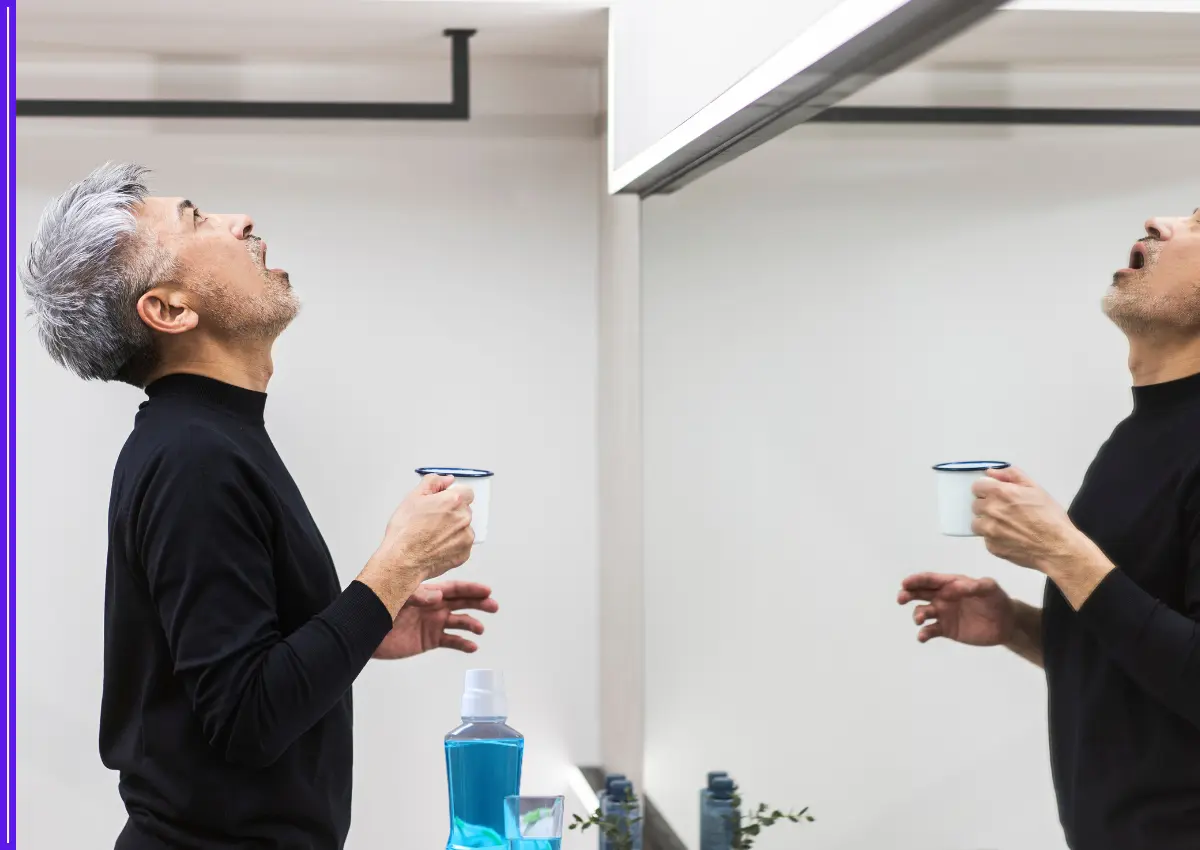In a world where age often dictates what we can and cannot do, Johanna Quaas stands as a beacon of inspiration. At 98 years old, this German gymnast has shattered age-related stereotypes and redefined what it means to stay active in later life. Her remarkable journey from a young gymnast to the world’s oldest active gymnast is a testament to the power of passion, perseverance, and the human spirit.

Early Life and Passion for Gymnastics
Born in November 1925 in Hohenmölsen, Germany, Johanna Quaas discovered her love for gymnastics at a young age. Her competitive journey began when she was just 10 years old, setting the stage for a lifelong dedication to the sport. However, like many of her generation, Quaas’s early pursuits were interrupted by World War II.
Overcoming Obstacles
During the war, young girls in Germany were required to complete social service. Quaas, then 11, found herself working in farming and childcare. Despite this setback, her passion for gymnastics remained undiminished. After the war, she immediately returned to her beloved sport, training as a coach in Stuttgart until 1945.
Adapting to Changing Times
Post-war restrictions in East Germany temporarily barred Quaas from practising gymnastics. Undeterred, she pivoted to handball, demonstrating her adaptability and commitment to staying active. This period of her life highlights an important lesson: when one door closes, another opens for those willing to embrace change.
Education and Career
In 1950, Quaas took a significant step in her athletic journey by attending university to become a sports teacher. She went on to work at the Institut für Körpererziehung (Institute for Physical Education), where she trained physical education coaches and even authored a university textbook titled “Gerätturnen” (Apparatus Gymnastics).
Competitive Success and Coaching
Throughout her career, Quaas competed in both handball and gymnastics competitions. Her expertise led her to coach youth girls’ gymnastics, guiding her team to become German Youth Champions in 1957. Her coaching prowess extended to training several Olympian gymnasts, including Barbara Dix-Stolz and Christel Felgner-Wunder.
A New Chapter: Senior Gymnastics
At the age of 56, when many people are considering retirement, Quaas began a new chapter in her gymnastics career. She started competing at the senior level, accumulating numerous titles and earning the affectionate nickname “Turn-Oma” (Gymnastics Grandma).
World Record and Global Recognition
In 2012, Quaas’s lifelong dedication to gymnastics was recognized on a global scale when she received the Guinness World Record for the oldest active competitive gymnast. This record remains unchallenged, a testament to her unique achievements and enduring passion for the sport.
Defying Age: Skydiving at 90
Quaas’s adventurous spirit extends beyond the gymnasium. In 2016, at the age of 90, she fulfilled a lifelong dream by skydiving from a height of about 3,000 meters (9,800 feet). This daring feat was dedicated to Queen Elizabeth II, who was also 90 years old at the time, showcasing Quaas’s ability to inspire across borders and generations.
The Secret to Longevity
Quaas’s philosophy is simple yet profound: “My face is old, but my heart is young.” This mindset has undoubtedly contributed to her longevity and continued ability to perform gymnastics at an advanced age. Her story challenges our preconceptions about ageing and physical capabilities.
Inspiring Generations
Johanna Quaas’s journey serves as an inspiration to people of all ages. For younger generations, she demonstrates the value of finding a passion and pursuing it relentlessly. For older adults, she proves that age is just a number and that it’s never too late to stay active and challenge oneself.
Health Benefits of Lifelong Exercise
Quaas’s remarkable fitness at 98 years old underscores the numerous health benefits of lifelong exercise:
1. Improved cardiovascular health
2. Better balance and coordination, reducing the risk of falls
3. Increased bone density, combating osteoporosis
4. Enhanced mental well-being and cognitive function
5. Maintained muscle mass and strength
Breaking Stereotypes
Quaas’s achievements challenge societal stereotypes about ageing and physical abilities. She proves that with dedication and proper care, the human body can remain capable of extraordinary feats well into advanced age. Her story encourages us to rethink our assumptions about what’s possible as we grow older.
The Importance of Passion
One of the key takeaways from Quaas’s life is the importance of pursuing one’s passions. Her unwavering love for gymnastics has not only kept her physically fit but has also provided a sense of purpose and joy throughout her life. This underscores the vital role that hobbies and interests play in maintaining overall well-being, especially in later years.
Lessons for All Ages
Johanna Quaas’s life offers valuable lessons for people at every stage of life:
1. It’s never too late to start: Quaas began competing in senior gymnastics at 56.
2. Consistency is key: Her lifelong dedication to the sport has paid off in her later years.
3. Embrace challenges: From wartime obstacles to skydiving at 90, Quaas never shied away from challenges.
4. Keep learning: Her transition from athlete to coach to author shows the importance of continuous learning.
5. Age is just a number: Quaas proves that with the right mindset, age need not limit our abilities or aspirations.
Conclusion
Johanna Quaas, the world’s oldest gymnast at 98, is more than just a record holder. She is a living testament to the power of passion, perseverance, and lifelong physical activity. Her journey from a young gymnast in pre-war Germany to a globally recognized athlete in her 90s is nothing short of extraordinary.
Quaas’s story challenges us to reconsider our own limitations, whether self-imposed or societal. She reminds us that with dedication and the right attitude, we can continue to grow, learn, and achieve remarkable things at any age.









